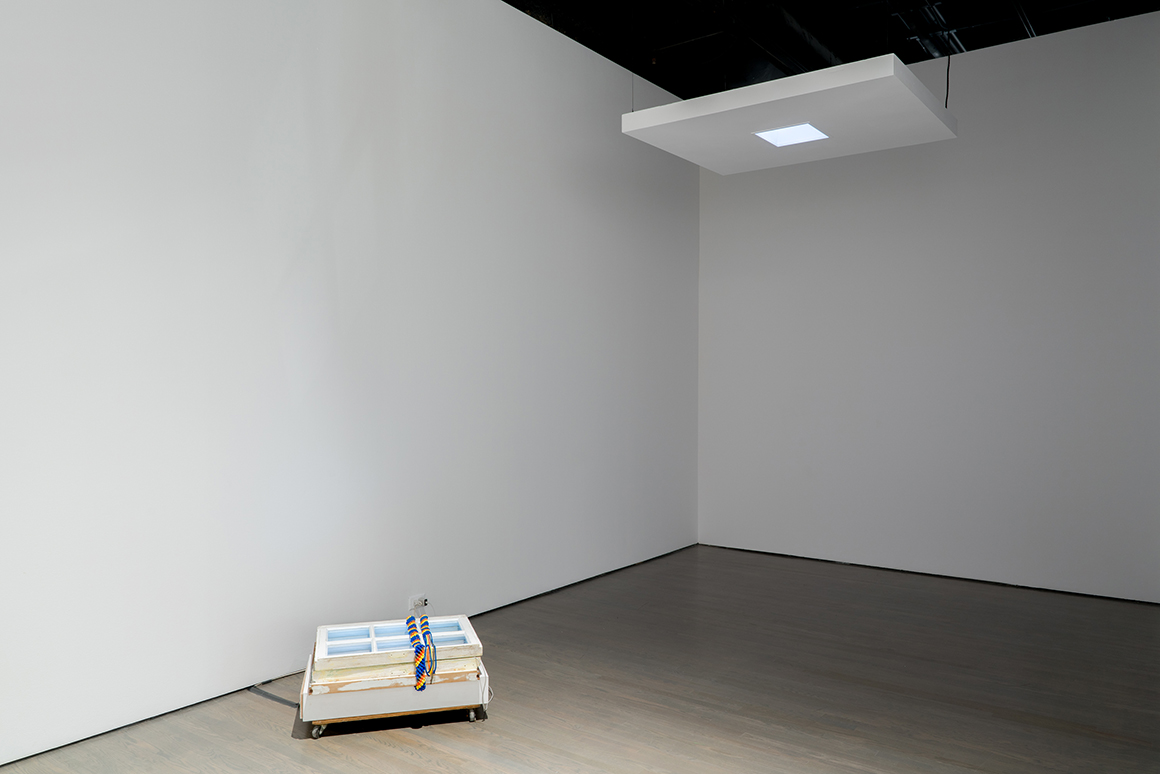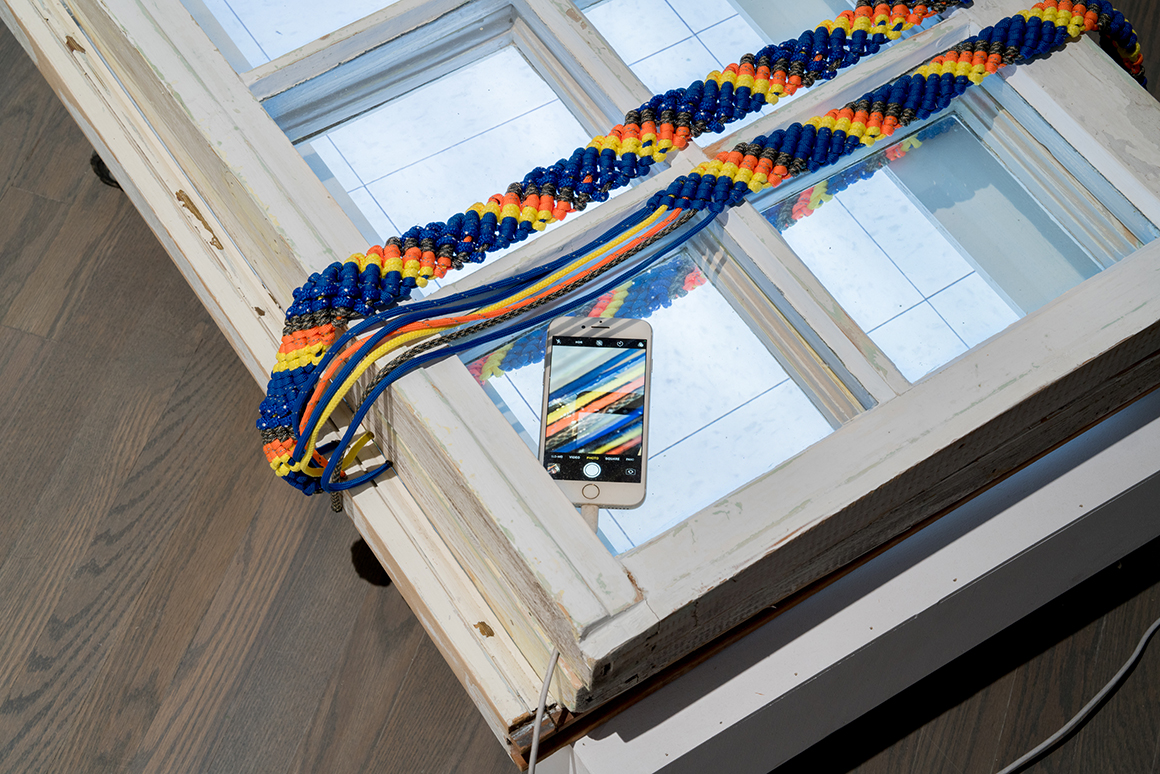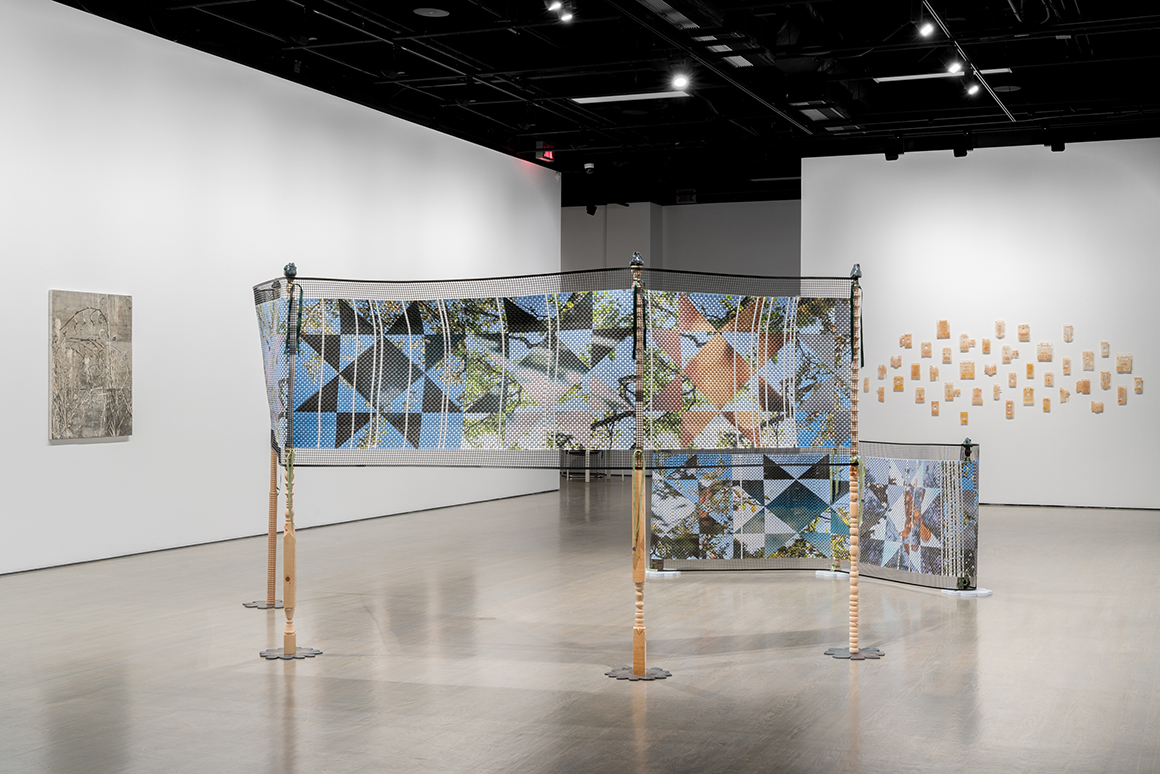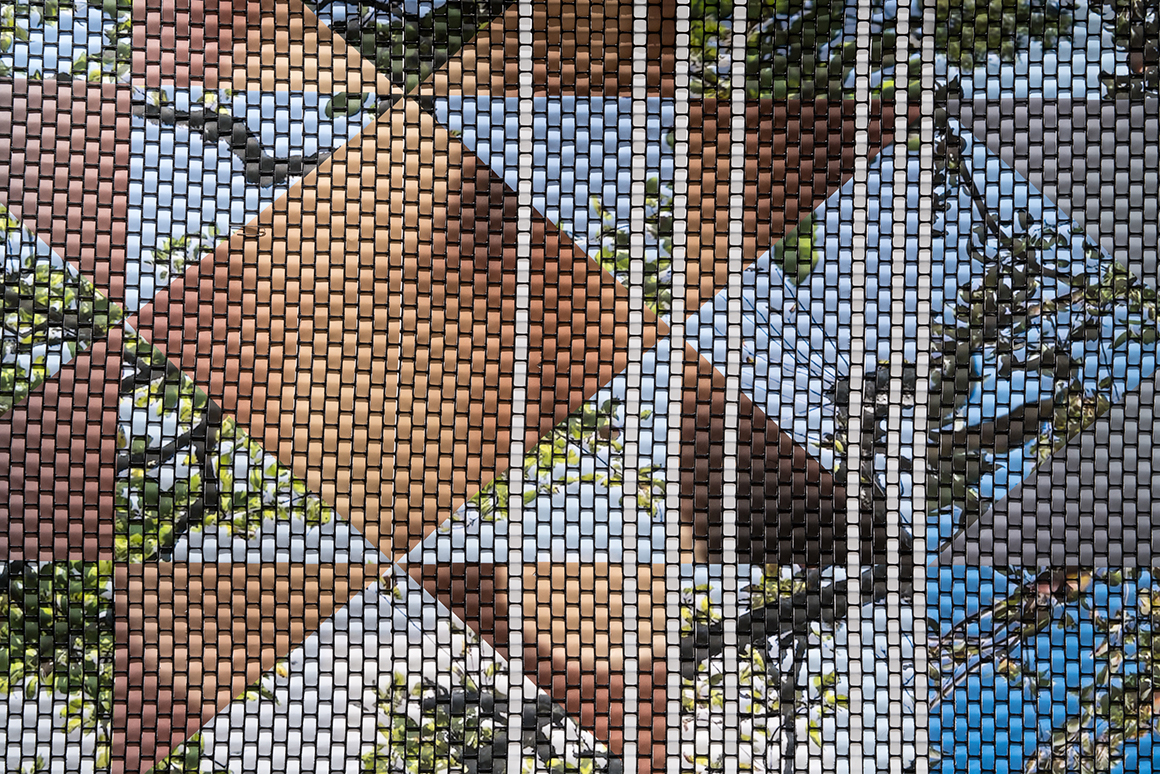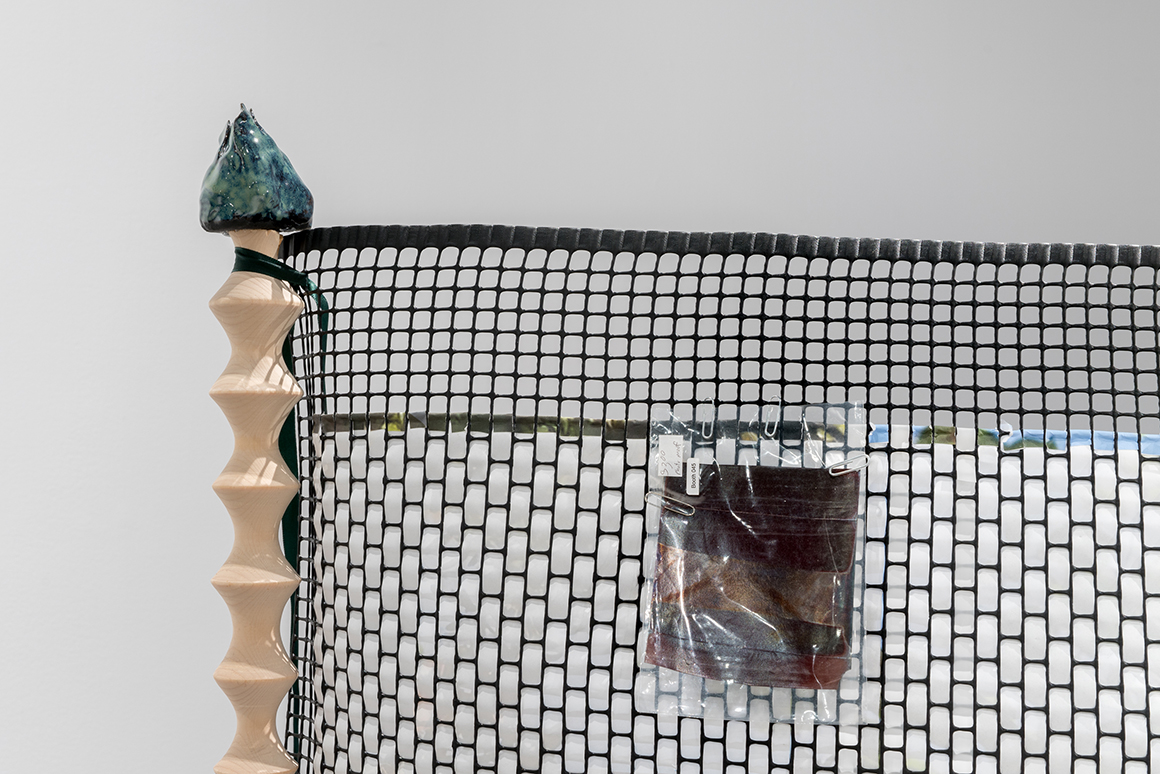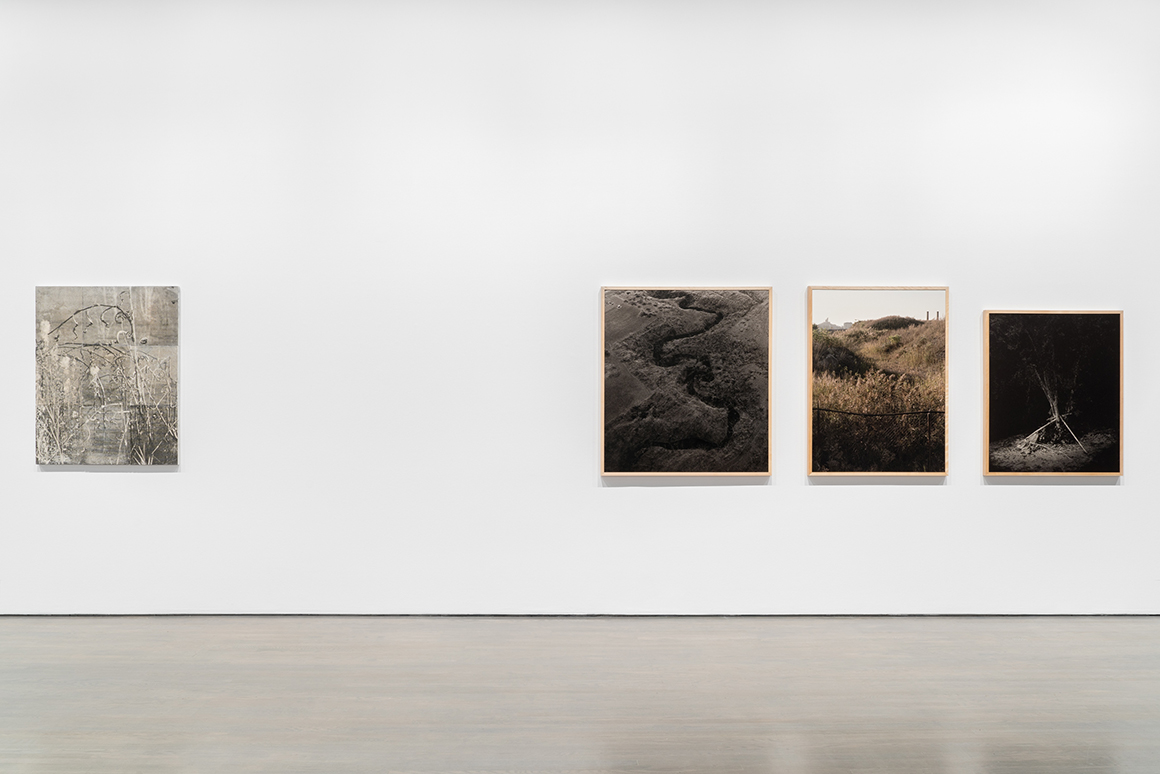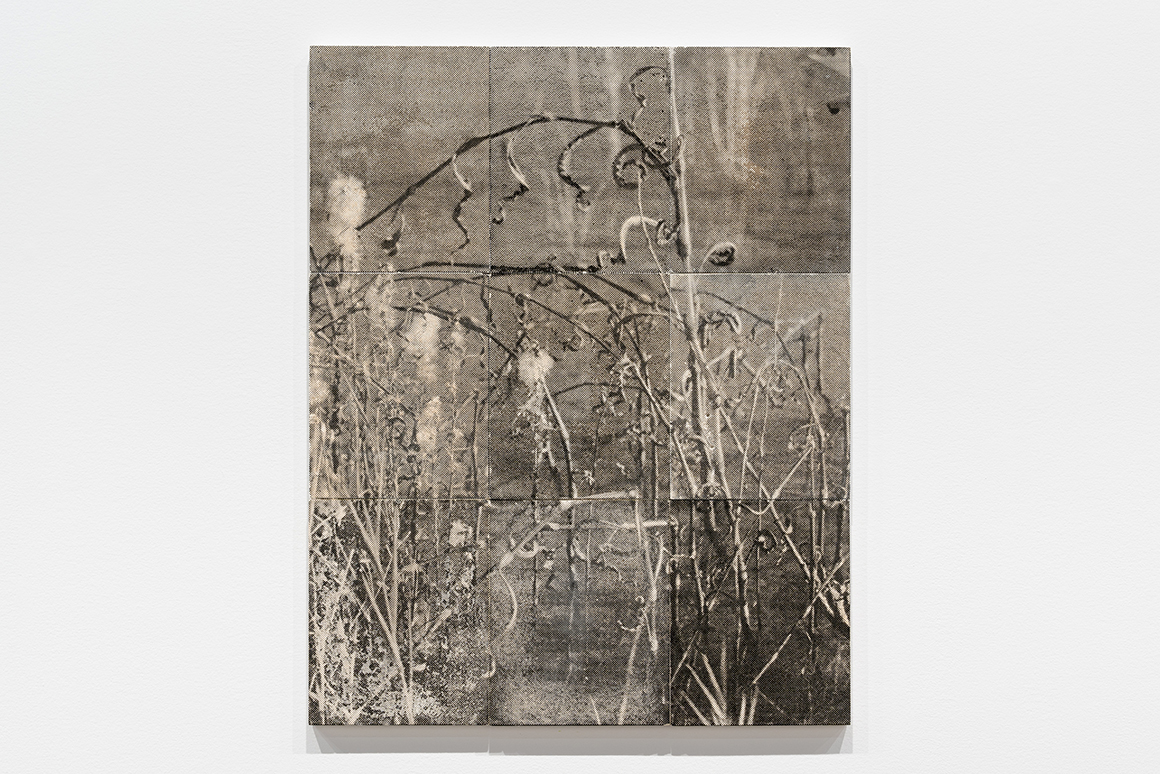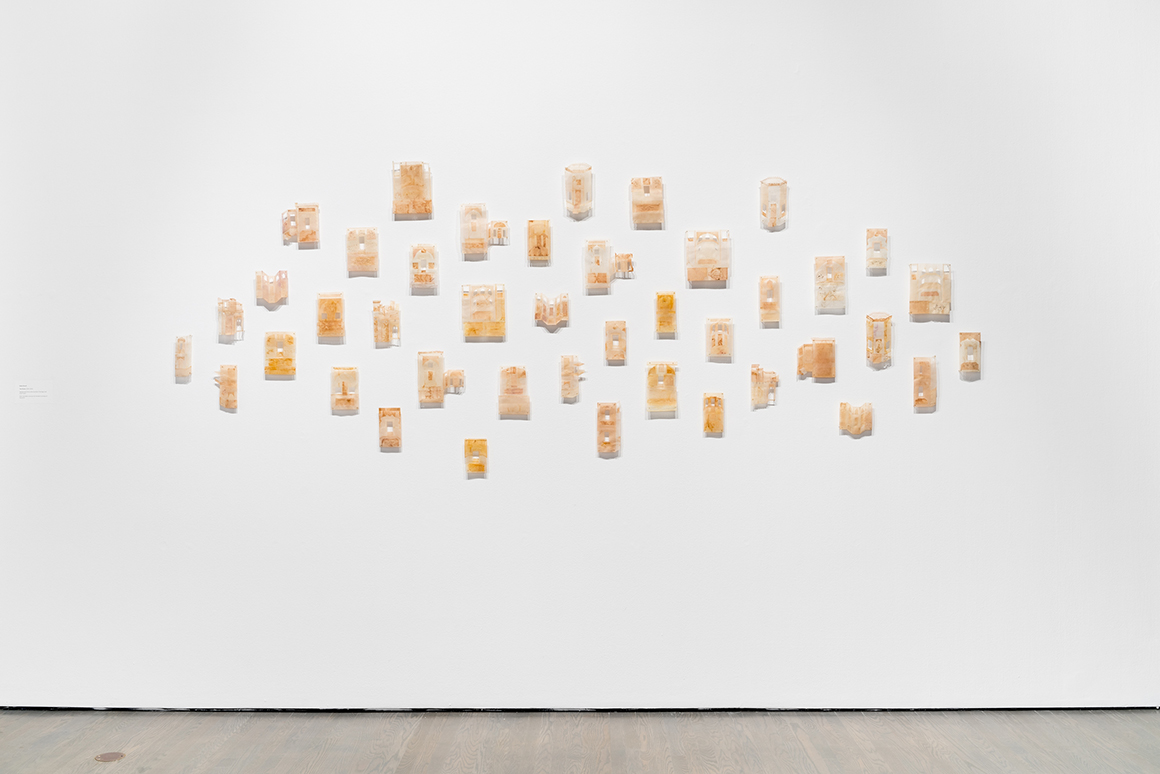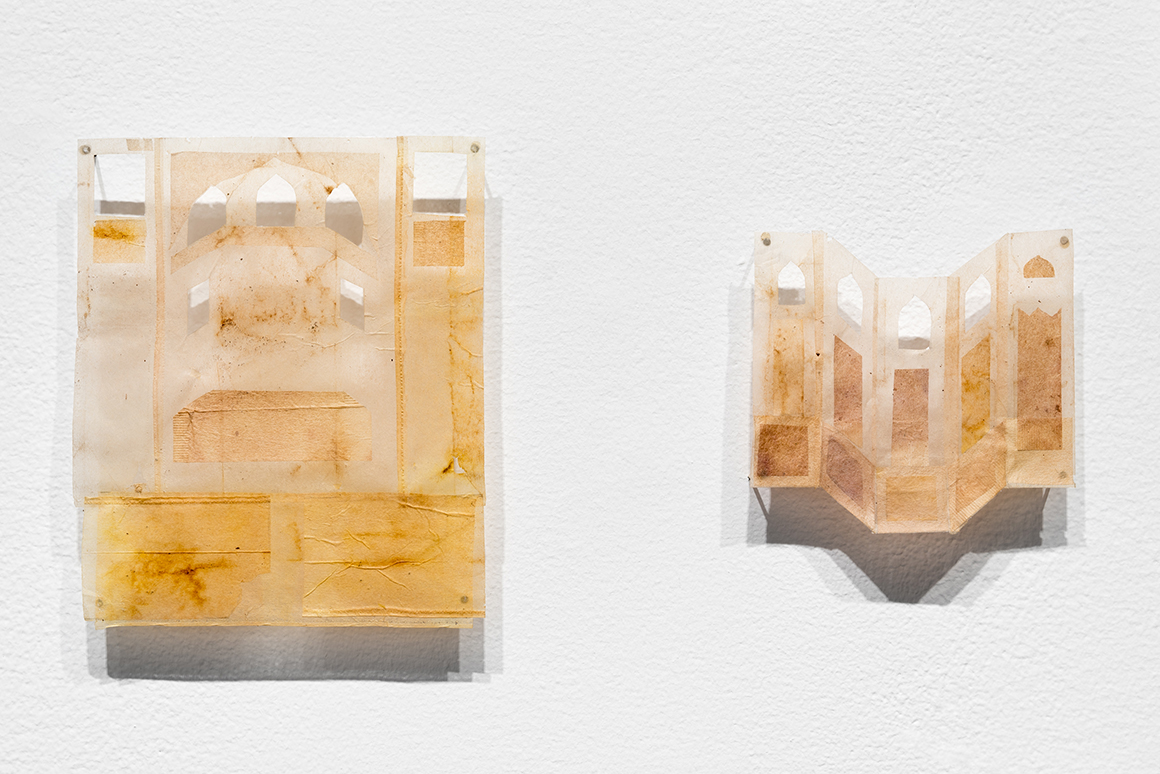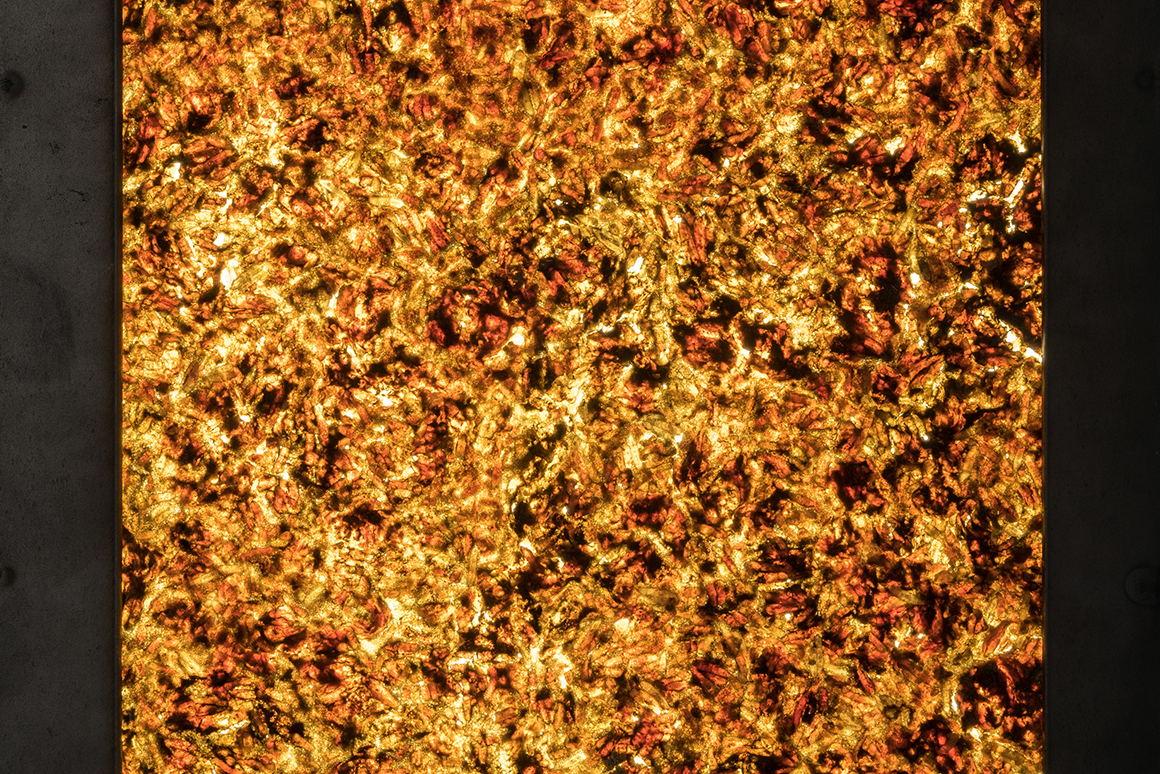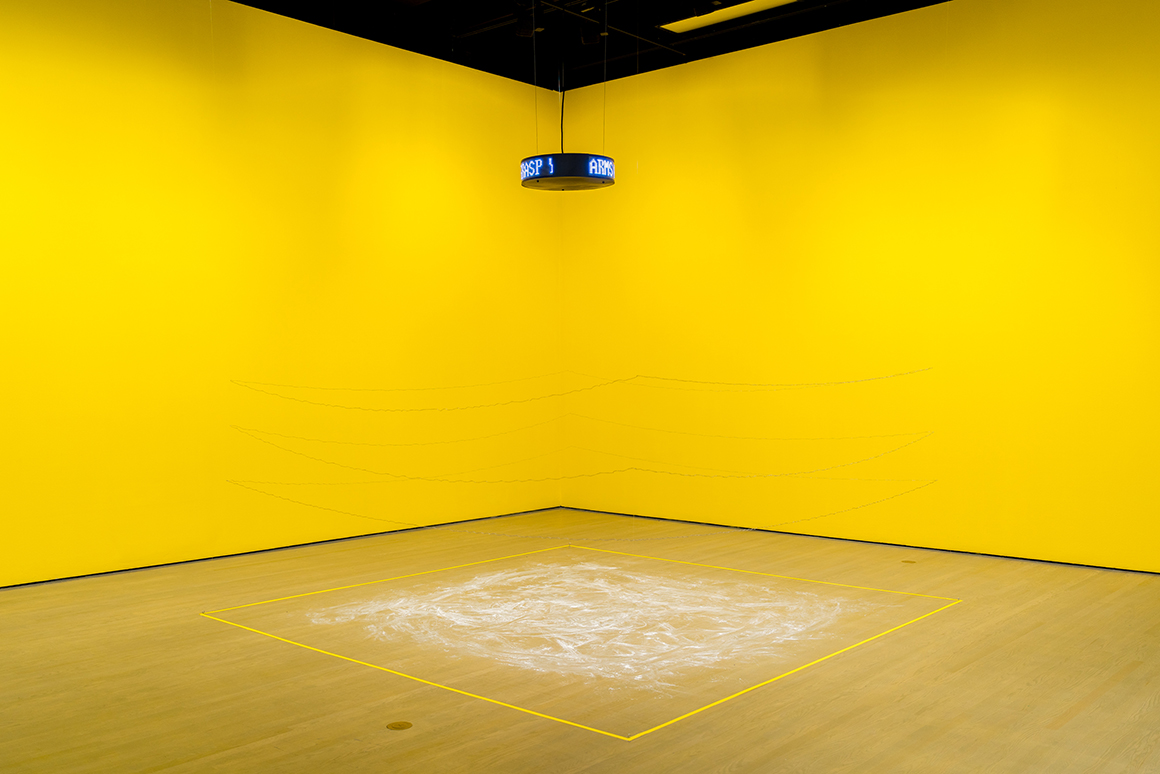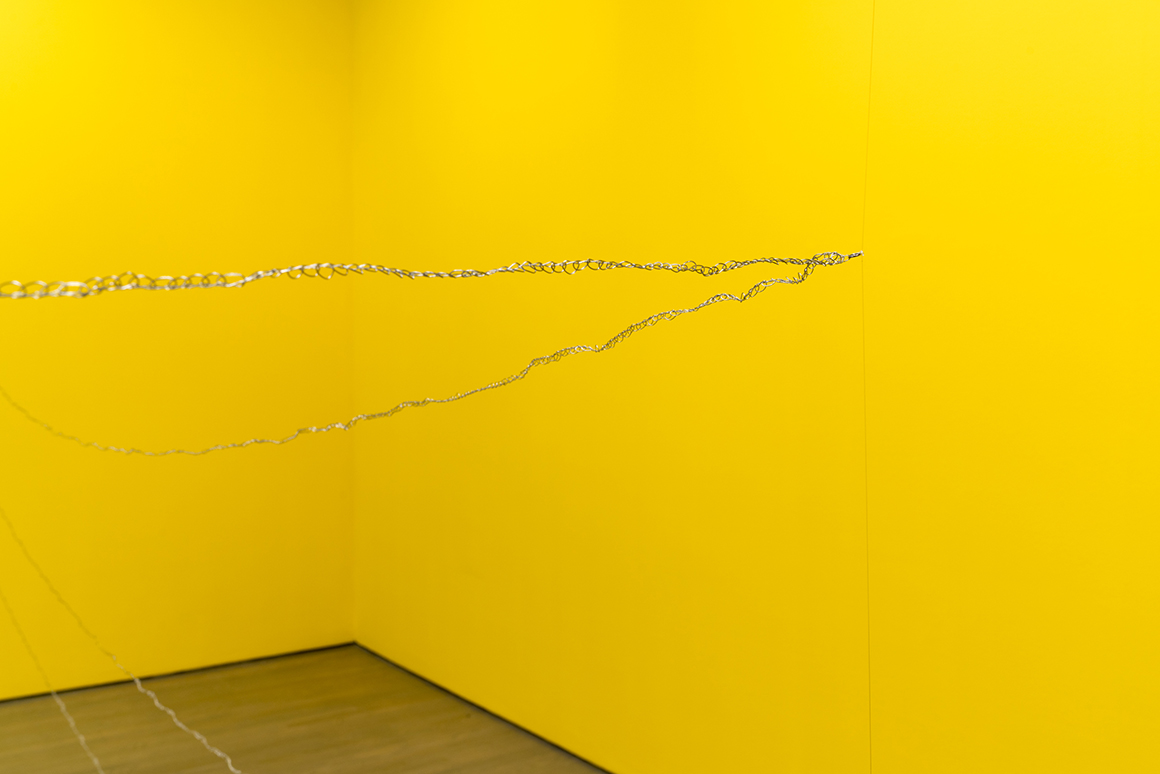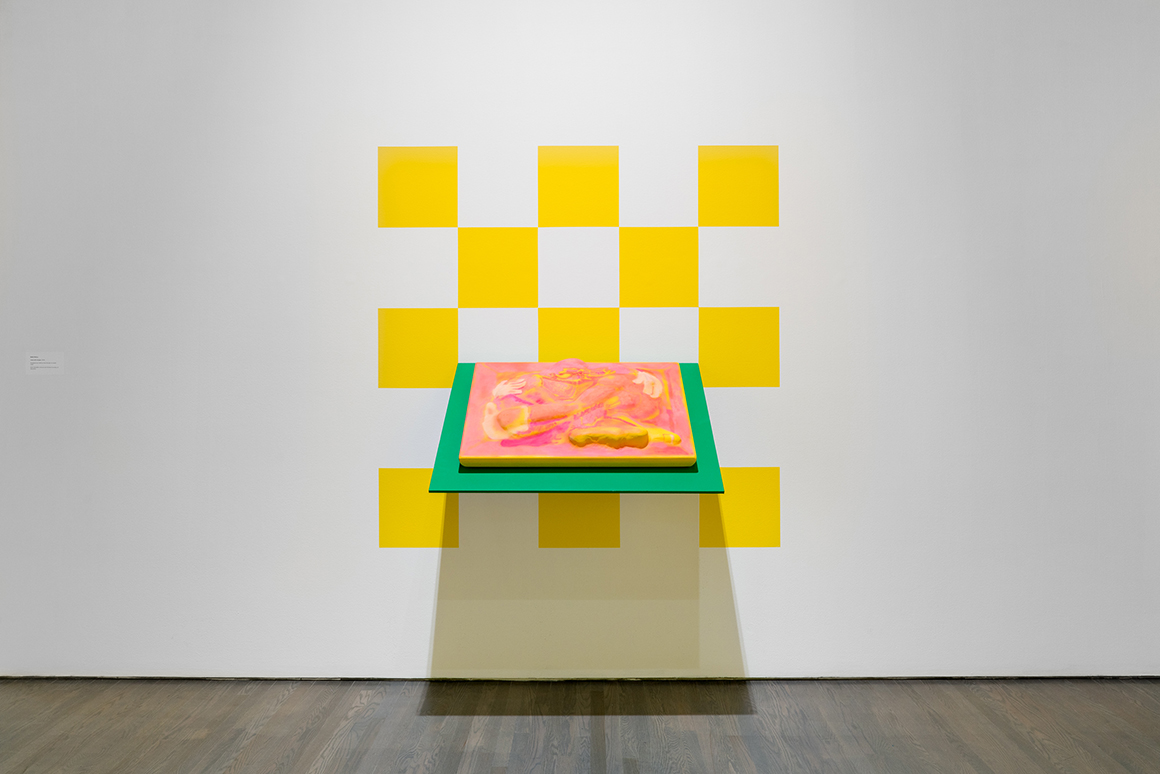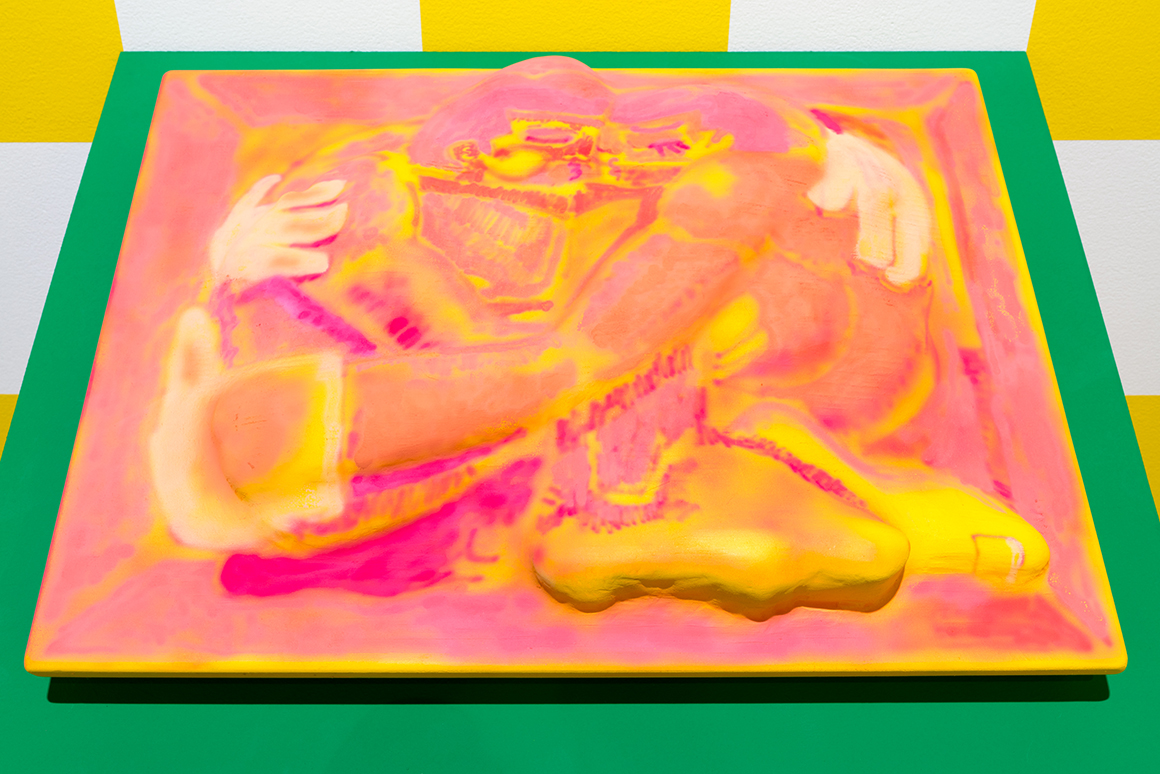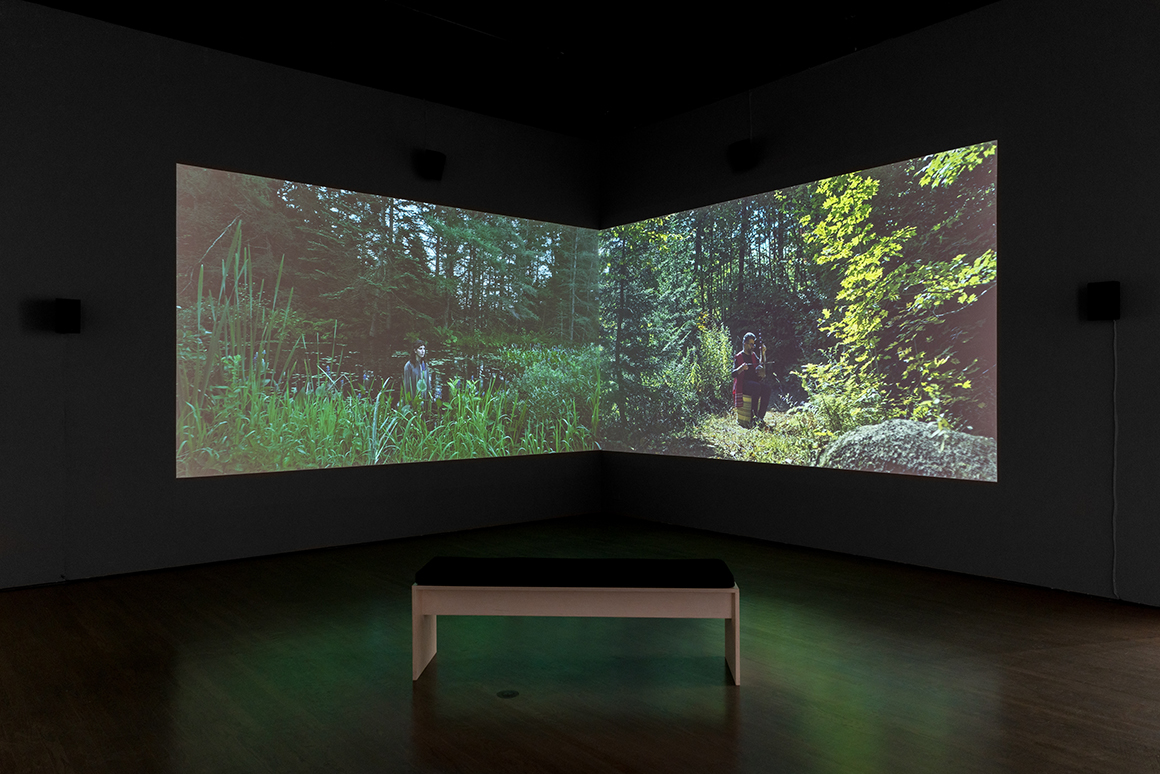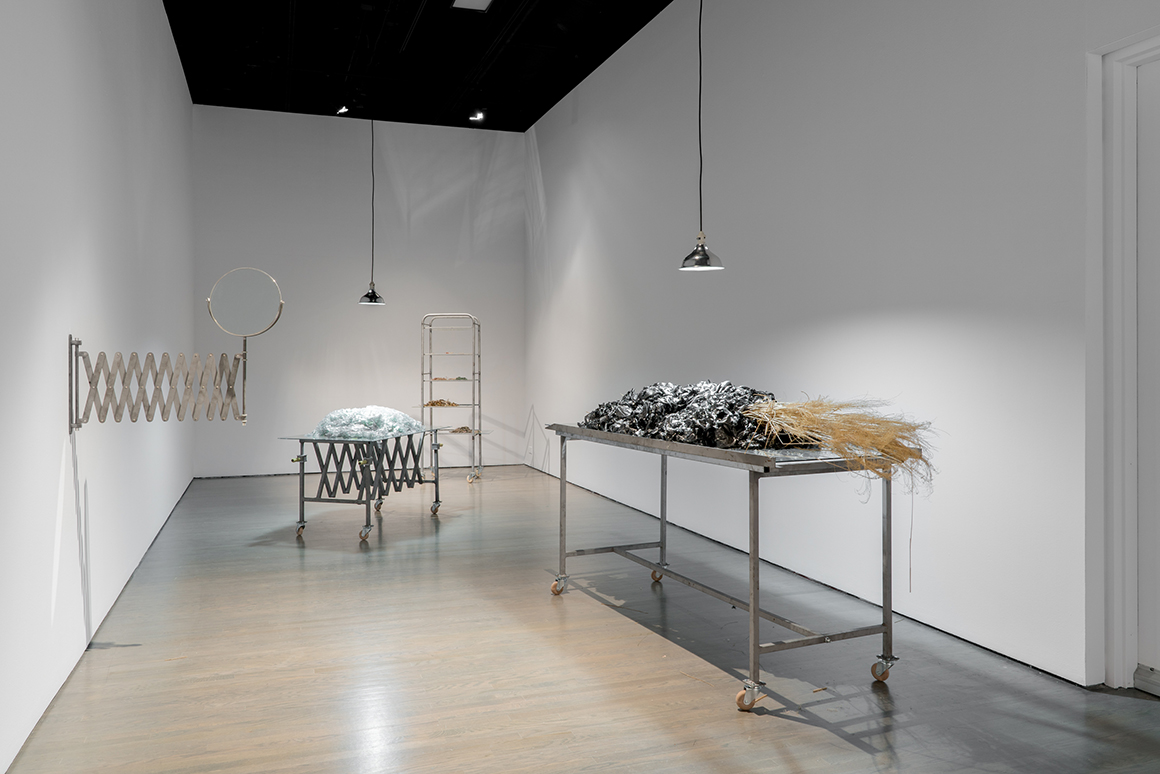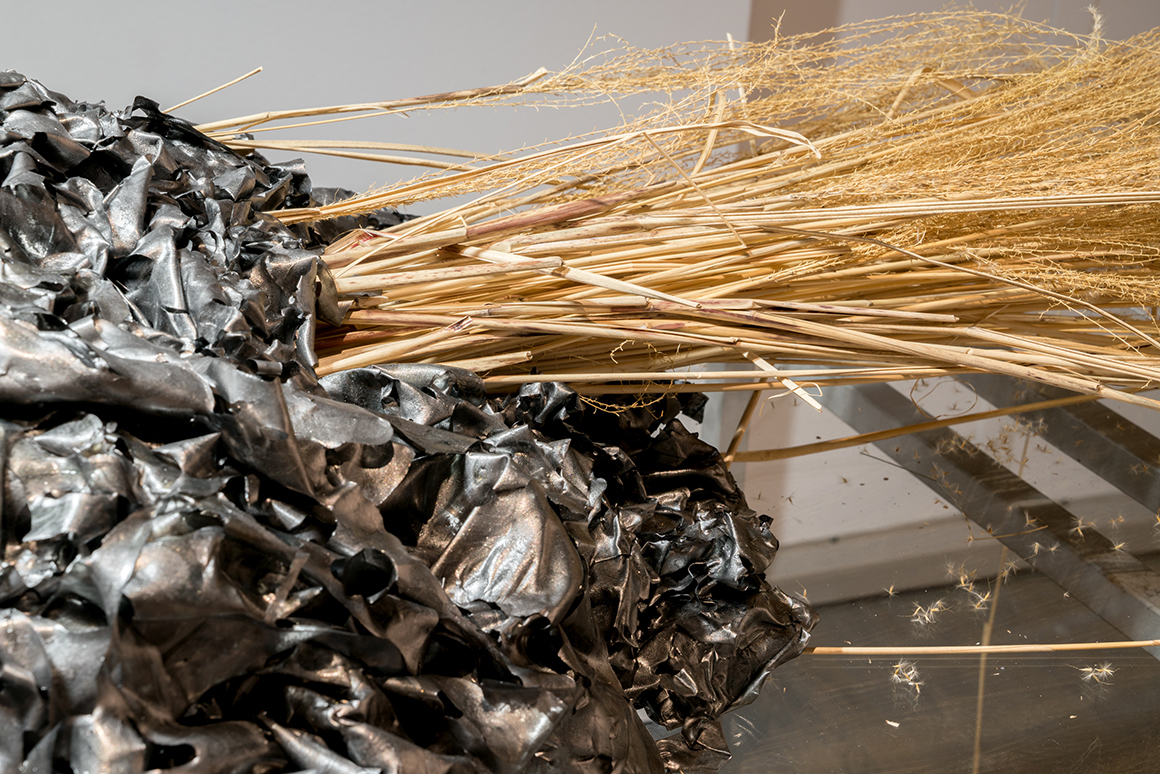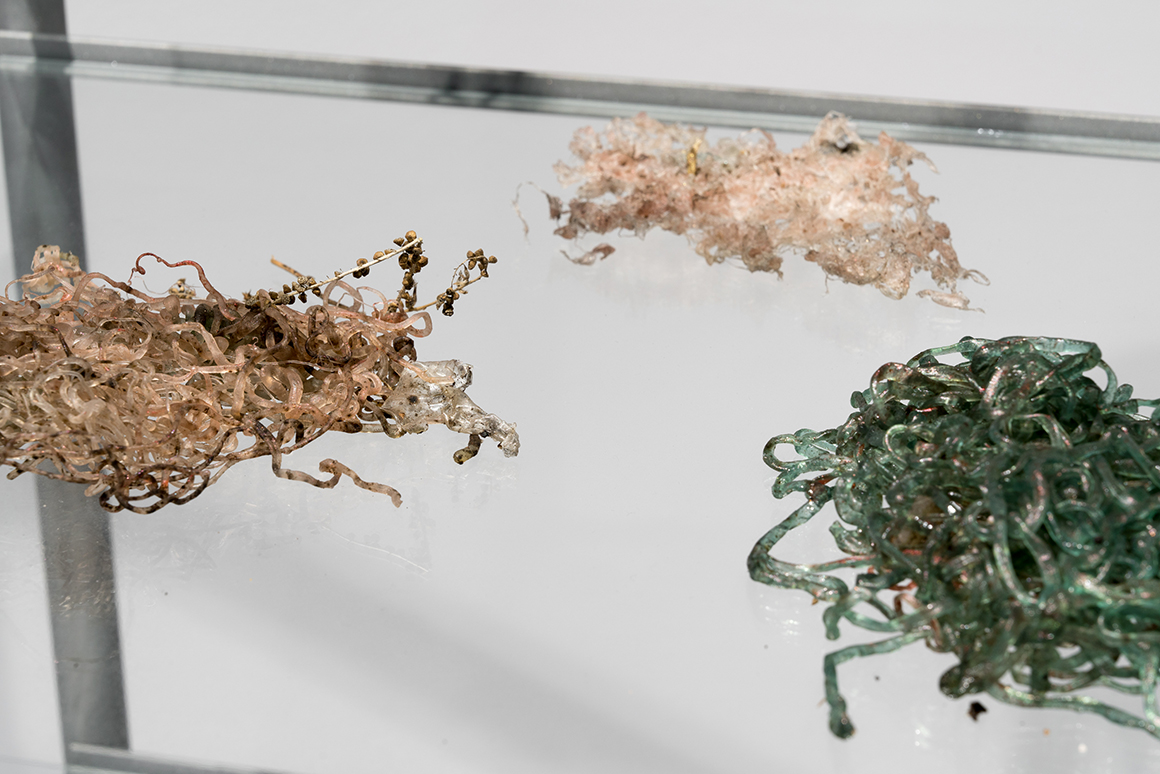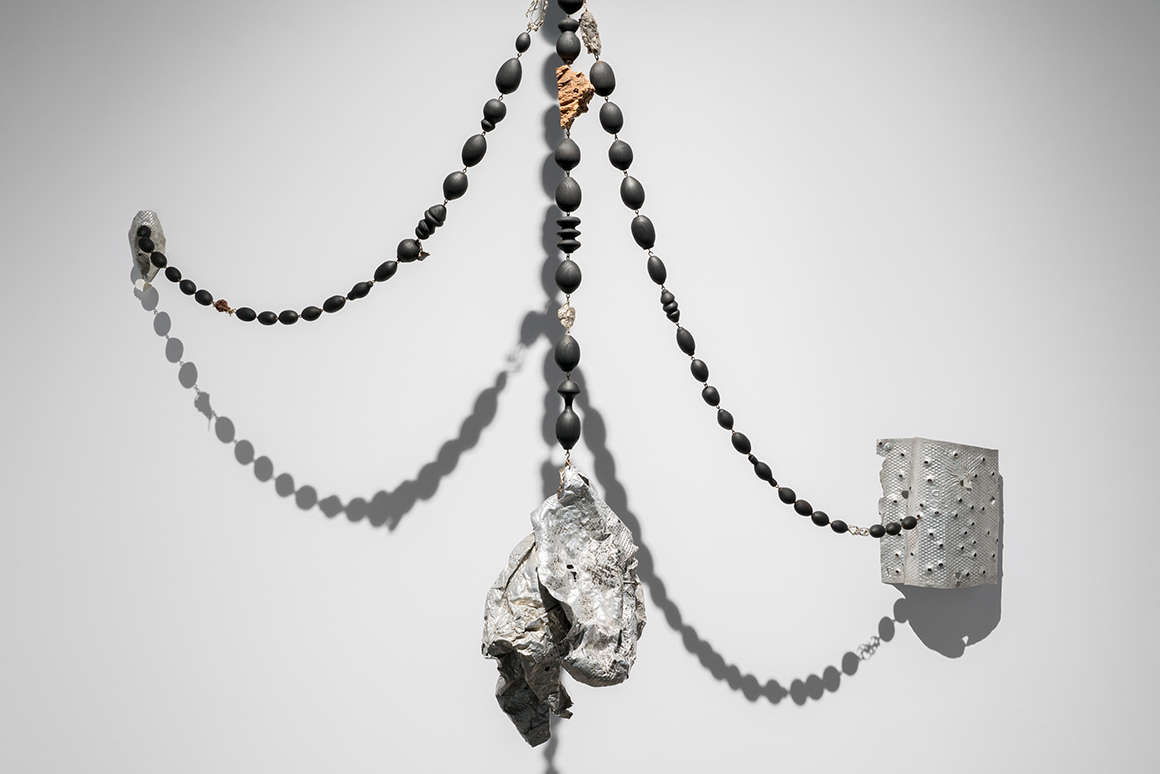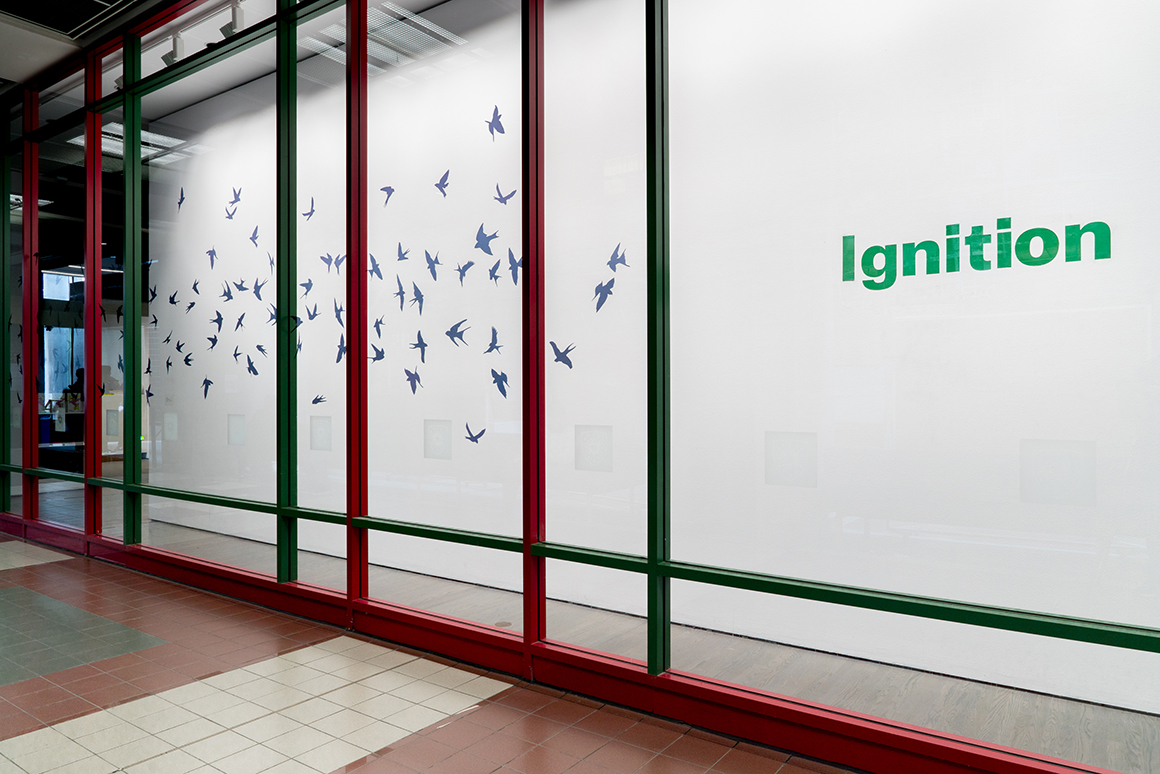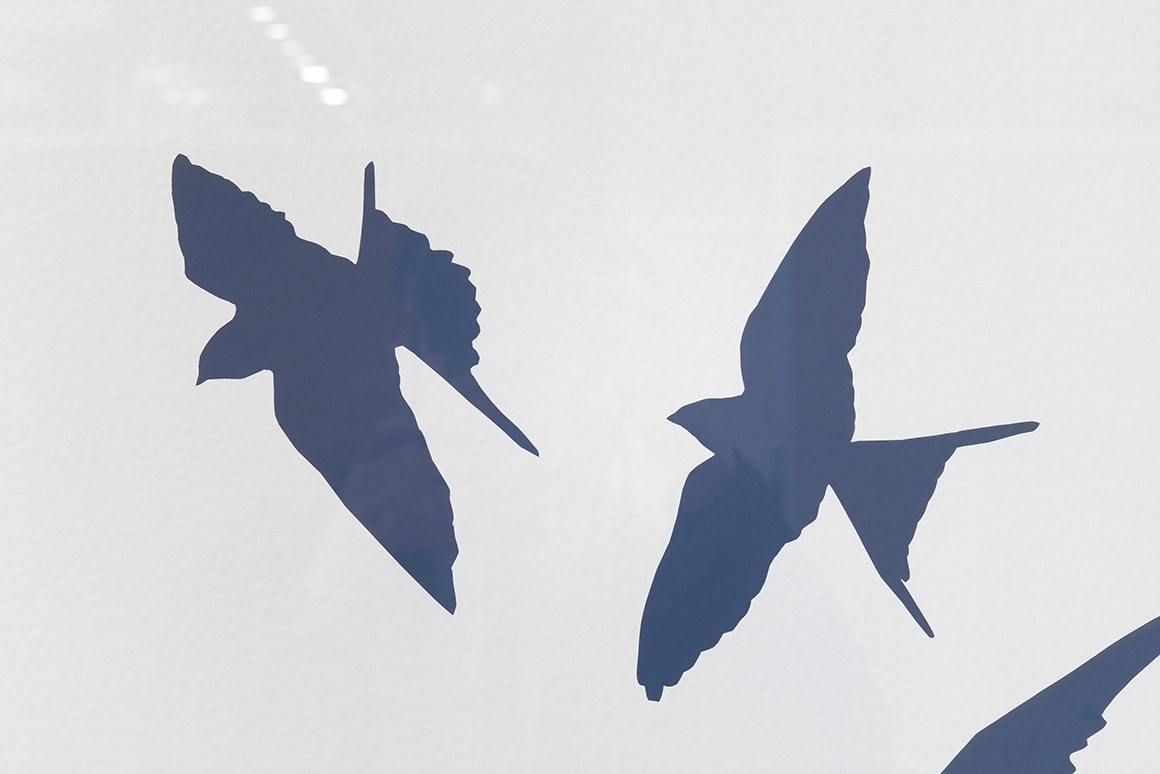IGNITION is an annual exhibition that features new work by students currently enrolled in the Studio Arts or Humanities graduate programs at Concordia University. It provides an up and coming generation of artists with a unique opportunity to present ambitious, interdisciplinary works in the professional context of a gallery with a national and international profile. Students and the gallery team work together to produce an exhibition that places an emphasis on critical, innovative and experimental work engaging in the exploration and consideration of diverse media and practices. IGNITION is of interest to all students and faculty, the art community, and the general public.
May 1st – 31st, 2025
Michelle Caron-Pawlowsky, Anne Dahl, Ioana Dragomir, Mathieu Gagnon, Charlotte Ghomeshi, M Gnanasihamany, Malik Mckoy, Antoine Racine, Saba Sharifi, Tyra Maria Trono and Anne-Sophie Vallée
Projects selected by Anne-Marie St-Jean Aubre, Curator of Quebec and Canadian contemporary art at the Montreal Museum of Fine Arts, and Nicole Burisch, Director of the LBEAG
Opening: Thursday May 8, 2025, 5:30 to 7:30 PM
Meet the artists from 4:30 to 5:30 PM before the opening
Event
Press release
Ways of Thinking
Exhibition Floorplan
Satellite Project
Video documentation: Finishing Holds
This twentieth edition of IGNITION brings together eleven artists whose practices share an interest in addressing the central importance of emotions and sensations. Most of the works evoke nature as a subject or reference through which to examine rituals and their transformative potential, resilience that manifests as a process of regeneration or resistance, and survival through material memory. The artists use evocative materials that create, through their fragility, delicacy, hardness, or brittleness, metaphors that elicit multiple sensory responses. Images of refuge and sanctuary, anchored within a garden and a vacant lot, are presented next to works made with plants and minerals—each of them encouraging us to slow down and contemplate, just as nature follows its own rhythm, unperturbed.
Read moreTrained in jewellery design, Anne Dahl embeds temperature-sensitive stones into hanging sculptures inspired by metalsmithing techniques used to rework the surface of found metals. Her use of mood stones transforms the piece into an atmospheric sculpture that changes colour in response to the temperature of the room. The work attempts to make an otherwise immaterial reality visible, much like Mathieu Gagnon’s photographs of an abandoned site in the east end of Montreal that, over the past thirty years, has become overgrown with trees. These images, some of which are imprinted onto plaster slabs, bear witness to an inspiring form of resilience by exposing nature’s self-regenerating capabilities. Local citizens have banded together to express their affection for this small forest, under threat from urban development, and insist that preserving it would benefit the neighbourhood by improving everyone’s quality of life. Ioana Dragomir’s screens made of woven, collaged images of the sky over Virginia Woolf’s garden also indirectly question the private ownership of nature. This celestial landscape, the expanse of which can only be defined by the artificial boundaries of the image’s frame, seems ungraspable, and thus unattainable. Here, these views are instead used to make privacy screens that provide some degree of anonymity within a public setting. The tension between private and public space is also explored by M Gnanasihamany in an installation that features openings toward an elusive elsewhere. Concerned with notions of confinement and exclusion, the artist creates opportunities for escape that are, in fact, simply lures: an inaccessible skylight with a small view to the outside, or a cellphone screen that doubles as a mirror and a surveillance tool. Who, ultimately, has the right to freedom as depicted in these vast expanses, that we can only glimpse?
Polysemy is at the centre of Michelle Caron-Pawlowsky’s installation Finishing Holds, which combines gestures of grief with those of professional wrestling. As suggested by the work’s title, which evokes holding a dying loved one for the last time as much asthe final move of a wrestling match, Caron-Pawlowsky looks at mourning rituals through time, such as ancient Greek funeral games that sought to appease the spirits of the dead. Nearby, a work by Malik McKoy depicts two men locked in an embrace under a layer of clear plastic wrap. The piece humorously blends several semantic worlds by simultaneously evoking fresh meat, violence, fraternity, and homoerotic gestures, which, in today’s sociopolitical context, remain risky in public. For her part, Charlotte Ghomeshi imagines a funerary ritual in honour of her grandfather Siamack that combines Québec landscapes with Iranian cultural practices. In her video diptych, natural areas show signs of the changing seasons, and act as carriers of regeneration and transformation to symbolically evoke the impermanence of life. Nevertheless, they become a refuge, synonymous with calm and serenity. Sharifi Saba’s tiny architectural forms made of used tea bags metonymically address the importance of gatherings and moments of sharing to ensure survival through memory. The humble nature and fragile texture of her buildings suggest the intimacy of secrets; for conversation to be truly free, places must be conducive to listening and guarantee a sense of security.
Anne-Sophie Vallée’s work looks at the permeable nature of living bodies. Here, she addresses the notion of caring for a rapidly changing natural world, affected in particular by the widespread presence of micro-plastics and other non-organic substances that upset the balance of nature’s ecosystems. Natural and industrial-looking hybrid substances are displayed in a would-be sterile environment, creating a kind of haptic experience. They arouse our curiosity and make us question the nature of our own corporality, disrupting the concept of an autonomous world and the firm distinction between interiority and exteriority. The symbiotic relationship we have with our surrounding environment means that this boundary is illusory. Antoine Racine’s series infravivants follows this same line of thought. Comprised of five light boxes, the work references the notion of memento mori by displaying dormant microbial cultures gathered in an abandoned, post-industrial lot in Montréal in the summer of 2024. By drawing our attention to seemingly minor life forms, they recentre our gaze on decomposition processes that are essential to the cycle of life. In doing so, Racine validates their role in our survival by cultivating a deeper appreciation of realities they see as co-creations. Thus, in turn, the works by these artists call on us to slow down in order to better observe and feel, and let ourselves be more permeable and open to transformation.
— Anne-Marie St-Jean Aubre and Nicole Burisch, curators
CloseThis year, the Leonard and Bina Ellen Art Gallery is pleased to present, in collaboration with the FOFA Gallery, Just a Small Amount for Your Expenses by Tyra Maria Trono, a special IGNITION 20 satellite project on view in the FOFA Gallery’s outdoor courtyard at 1515 Ste-Catherine St. W., from May 5 until mid-August 2025
Anne-Marie St-Jean Aubre is the Curator of Quebec and Canadian Contemporary Art (1945 to Today) and holds the Gail and Stephen A. Jarislowsky Chair at the Montreal Museum of Fine Arts. As Curator of Contemporary Art at the Musée d’art de Joliette, where she worked from 2017 to 2023, she oversaw many solo and group exhibitions featuring women artists, Indigenous artists, and artists from diverse backgrounds.







